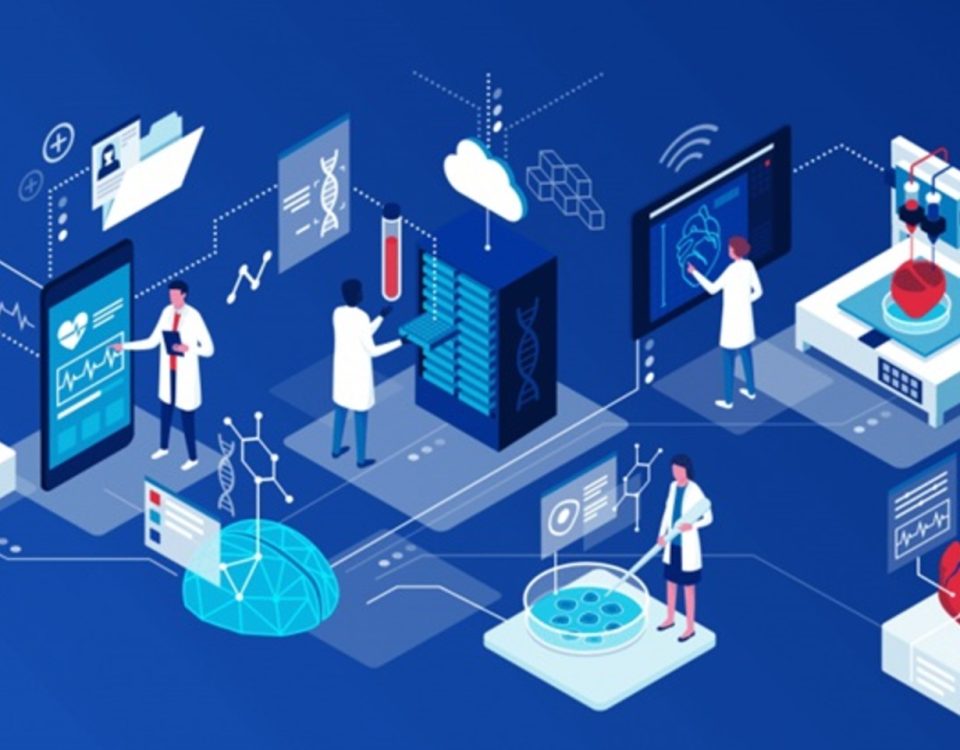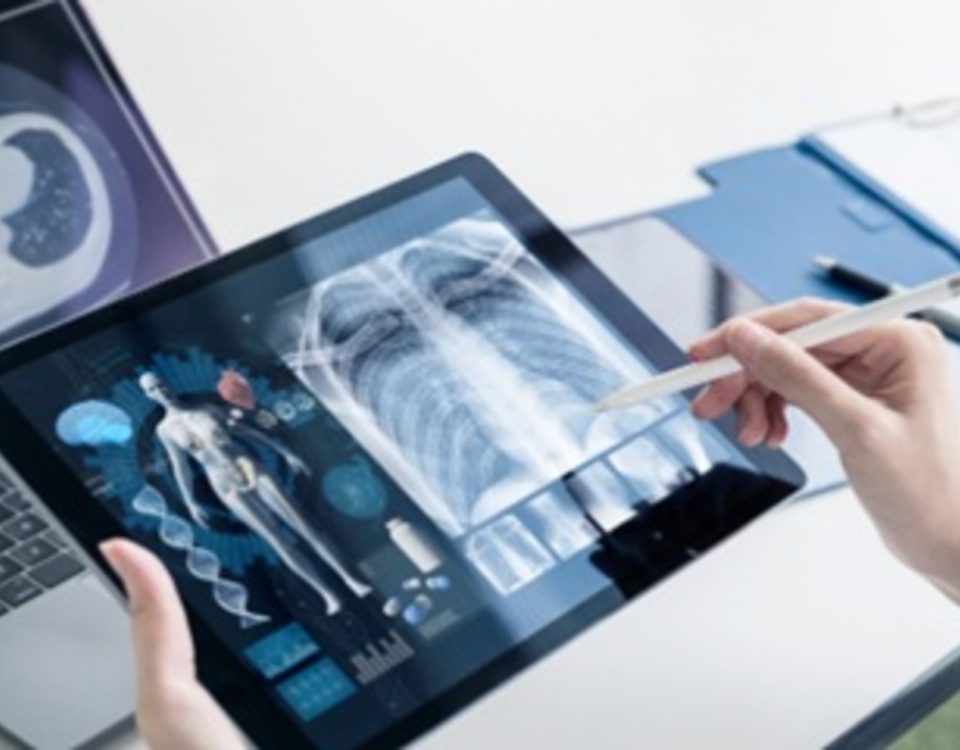
Lorem ipsum dolor sit amet, consectetur
July 9, 2025
How CMF Reimagination Elevates the CPAP Therapy?
September 2, 2025Obsolescence Management in Embedded Systems: Mitigating Risk and Sustaining Innovation
Working on a big project and then, after a few years, realizing that some components are no longer available can cause huge problems. Even if what we created was one of the best products ever made, without those parts, we may be forced to scrap the whole idea or redo everything from scratch. And it may not even reach the same quality again.
In today’s fast moving world, where technology keeps changing, this becomes even harder to deal with. That’s why Obsolescence Management is really important it helps us avoid last minute compromises and protect the quality of our product and idea.
What is Obsolescence Management?
Obsolescence Management is about handling situations where the components used in our projects become unavailable over time. This could be due to discontinued production, replacements with newer versions, or limited stock. If we don’t plan for these changes, it can badly affect our product in the long run. Obsolescence Management includes steps we take to monitor and adjust to these issues early so we’re not stuck when a key part suddenly disappears.
Common Causes of Obsolescence
There are many reasons why components or parts become unavailable over time. Some of the most common causes include:
- Technology Upgrades – Newer versions of components replace the older ones, which are then stopped.
- Discontinued Production – Manufacturers may stop making certain parts due to low demand or high cost.
- Regulation Changes – New rules might ban or restrict certain materials or parts.
- Supplier Issues – Suppliers may go out of business or change their product lines.
- Low Market Demand – If only a few companies use a component, it may not be profitable to keep making it.
- Shorter Product Life Cycles – In fast moving industries, products get updated quickly, leaving older parts behind.
Understanding these causes early helps us plan better and avoid future surprises.
Strategies to Handle Obsolescence
To avoid last minute problems and save time, cost, and effort, it’s important to plan ahead. Here are some simple strategies that help in managing obsolescence:
- Track Component Lifecycles – Keep an eye on the lifecycle status of all critical components, plan for alternatives early.
- Choose Long Life Components – While designing, prefer components known for long term availability, especially in industries where the product will be used for many years.
- Have Second Sources – Don’t rely on just one supplier or part number. Always try to keep backups or alternatives ready.
- Plan for Redesigns – If redesign is unavoidable, make sure you plan time and budget for it in advance.
- Work Closely with Suppliers – Good communication with manufacturers or distributors can help you get advance notice and possible last buys.
These steps make your project more stable and protect your product’s future.
Benefits of Good Obsolescence Management
Managing obsolescence early can bring a lot of long term advantages:
- Reduces last minute design changes
- Saves time and money by avoiding emergency fixes or delays
- Maintains product quality by preventing compromises in materials
- Ensures long term supportability of your product
- Keeps customers happy by avoiding supply issues or performance drops
- Improves risk handling in regulated industries like medical, aerospace, or defense
In short, it's a smart way to protect your project in the long run.
CPAP Obsolescence Management
For certain critical components identified in the cPAP product, the obsolescence challenges were mitigated using alternative equivalent components. Eg. PMIC. Power supply Driver IC’s,
Conclusion
Obsolescence may seem like a small issue at the start, but it can cause major trouble if not handled properly. In today’s fast changing tech world, we can’t avoid it but we can manage it. Planning ahead, tracking components, and being prepared with backups or redesign options will help make sure your product lasts longer, performs better, and stays future proof.



